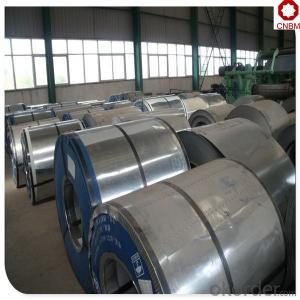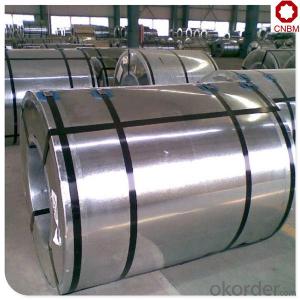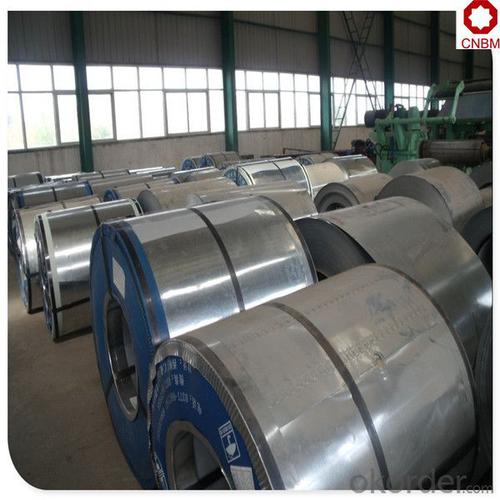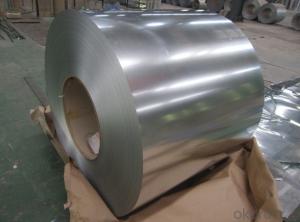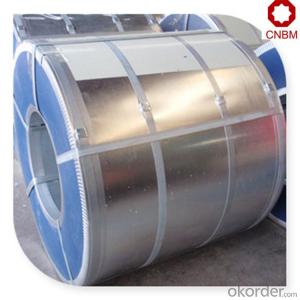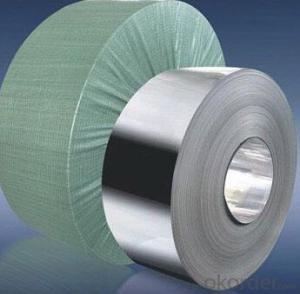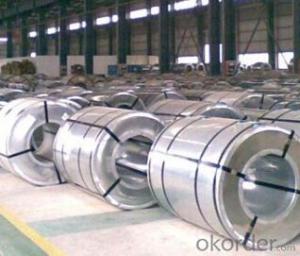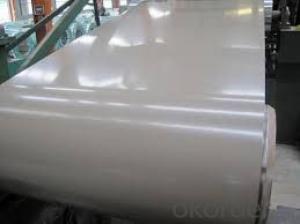Galvanized steel coil in low price DX51D+Z
- Loading Port:
- China main port
- Payment Terms:
- TT OR LC
- Min Order Qty:
- 25 m.t.
- Supply Capability:
- 34000 m.t./month
OKorder Service Pledge
OKorder Financial Service
You Might Also Like
Specification
Main Features of the Hot-Dip Galvanized Steel Sheet:
• Excellent process capability
• Smooth and flat surface
• Workability, durability
• Excellent anticorrosive property
• High strength
• Good formability
• Good visual effect
Standard and Grade :
Hot-dip galvanized steel coils | ||||
ASTM A653M-06a | EN10327:2004/ 10326:2004 | JISG 3302-2010 | AS-NZS 4534-2006 | |
Commercial quality | CS | DX51D+Z | SGCC | G1+Z |
Structure steel | SS GRADE 230 | S220GD+Z | SGC340 | G250+Z |
SS GRADE 255 | S250GD+Z | SGC400 | G330+Z | |
SS GRADE 275 | S280GD+Z | SGC440 | G350+Z | |
SS GRADE 340 | S320GD+Z | SGC490 | G450+Z | |
SS GRADE550 | S350GD+Z | SGC570 | G550+Z | |
S550GD+Z | G550+Z | |||
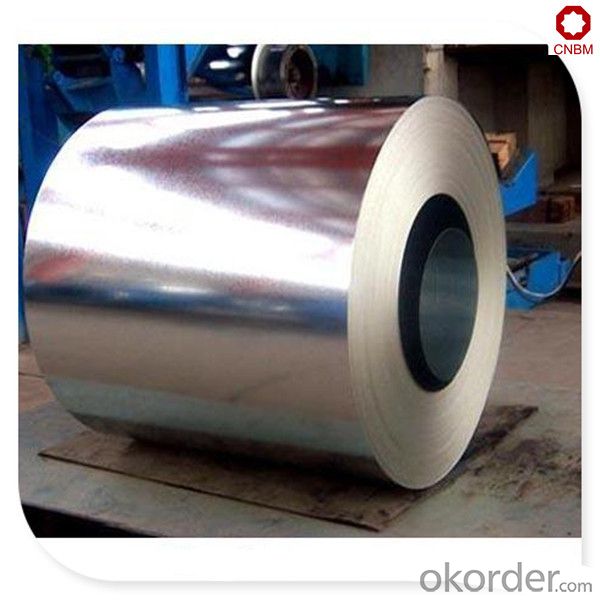
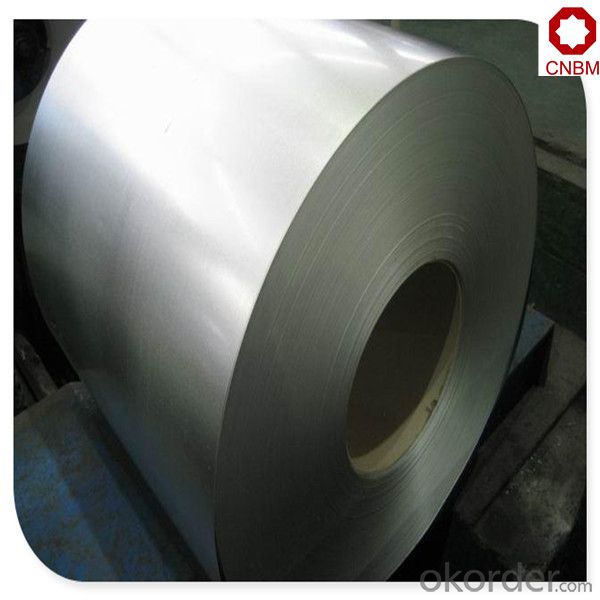
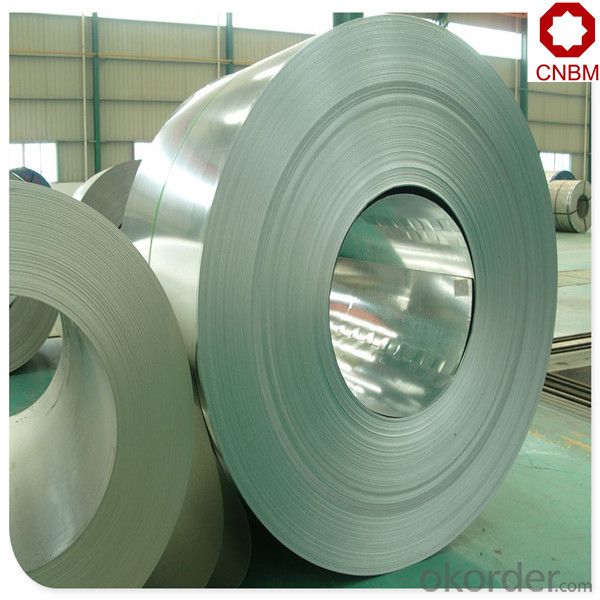
FAQ
Q: How do you guarantee the quality of your product?
A: Every process will be checked by responsible QC which insures every product's quality.
Q: How much is your delivery time?
A: Normally within 30 days of receipt of LC original or prepayment, but mostly according to the specific requirements or the quantity
Q: I need sample, could you support?
A: We can supply you with the sample for free, but the delivery charges will be covered by our customers. For avoiding the misunderstanding, it is appreciated if you can provide the International Express Account for Freight Collect. Also you can have a visit to us, welcome to CNBM!
- Q: What are the different coil cutting methods used for steel coils?
- Various methods are commonly employed for cutting steel coils, each boasting its own unique advantages and applications. Among these techniques are shearing, slitting, and laser cutting. 1. Shearing: By applying substantial force to a set of blades, shearing effectively slices through steel coils in a straight line. This method is highly suitable for reducing the size of thick steel coils into more manageable dimensions. Not only is shearing cost-effective, but it is also well-suited for high-volume production. 2. Slitting: Slitting involves the process of dividing a wide coil into multiple narrower strips. This approach is frequently utilized for steel coils that require various widths, such as those used in the fabrication of automotive components, construction materials, and electrical appliances. Slitting machines utilize circular knives to execute precise cuts, ensuring minimal material loss and achieving high levels of accuracy. 3. Laser cutting: Laser cutting represents a more advanced technique wherein a high-powered laser beam is employed to sever steel coils. This method provides exceptional precision, allowing for intricate designs and complex shapes to be effortlessly cut. Laser cutting is particularly suitable for steel coils of thin to medium thickness and is frequently employed in industries that demand superior cuts, such as automotive, aerospace, and electronics. Each of these coil cutting methods possesses unique merits and is selected based on the specific requirements of the steel coils being processed. Factors including coil thickness, desired accuracy, production volume, and the complexity of required cuts are all taken into consideration when determining the most appropriate cutting method.
- Q: Are steel coils used in the packaging industry?
- Yes, steel coils are commonly used in the packaging industry for various applications such as securing and protecting products during transportation and storage. The strong and durable nature of steel coils makes them ideal for packaging heavy or bulky items, providing stability and preventing damage.
- Q: What are the quality control measures for steel coil production?
- To ensure that the final product meets the necessary standards and specifications, it is crucial to have quality control measures in place for steel coil production. Here are several commonly used measures in the process: 1. Inspection of Raw Materials: Prior to production, a thorough examination of the chemical composition, mechanical properties, and surface defects of materials like steel billets is conducted. This guarantees that only high-quality materials are used. 2. Control of Processes: Critical parameters such as temperature, rolling speed, tension, and lubrication are continuously monitored and controlled throughout production. Regular checks and adjustments are made to ensure that these parameters fall within the specified tolerances. 3. Assessment of Dimensions and Surfaces: Steel coils undergo stringent inspections to ensure they meet the required thickness, width, and length specifications. Surface defects like scratches, pits, or dents are meticulously examined and minimized to meet quality standards. 4. Mechanical Testing: Regular testing of mechanical properties like tensile strength, yield strength, elongation, and hardness is carried out. These tests are vital in ensuring that the steel coils possess the desired strength and performance characteristics. 5. Visual Inspection: Trained inspectors conduct thorough visual inspections to identify any visible defects or irregularities in the steel coils. Issues such as cracks, corrosion, or uneven surfaces are detected, and necessary actions are taken to rectify or reject faulty coils. 6. Non-Destructive Testing: Methods like ultrasonic testing, magnetic particle testing, or eddy current testing are often employed to detect internal defects like voids, inclusions, or discontinuities that may impact the quality of the steel coils. 7. Documentation and Traceability: Proper documentation and traceability of all quality control measures are maintained throughout the production process. This includes recording test results, inspection reports, and other relevant data to ensure transparency and accountability. 8. Continuous Improvement: Quality control measures in steel coil production are not static but constantly evolving. Regular audits, customer feedback, and analysis of process data are utilized to identify areas for improvement and implement corrective actions to enhance product quality. By implementing these quality control measures, steel coil manufacturers can guarantee that the final product meets the necessary specifications, performs reliably, and achieves customer satisfaction.
- Q: What are the dimensions of a typical steel coil?
- The dimensions of a typical steel coil can vary depending on the manufacturer and specific application, but common dimensions include thicknesses ranging from 0.015 inches to 0.5 inches, widths between 24 inches and 72 inches, and coil weights ranging from a few thousand pounds to over 50,000 pounds.
- Q: what is the stucture of high carbon steel
- That is kind of a broad question because high carbon steel can cover a broad range and you did not mention the condition. But I will try to keep it simple. If it is in a wrought condition, it would likely be pearlite plus carbides along the grain boundaries., The atomic structure would be body centered cubic. Sometimes high carbon steel is spherodized annealed and that would be ferrite with lots of round carbides. The atomic structure would be body centered cubic. If it is quench and tempered, it would be martensite and would probably have noticeable carbides if the carbon content was high enough. The atomic structure would be body centered tetragonal
- Q: I'm not really sure if carbon steel is considered a metallic material.
- Carbon and iron are both metallic.... so yes. You leave the iron laying in the forge - and it soaks up carbon atoms from the charcoal - so that as the steeling process goes on, the original iron becomes harder and harder.
- Q: How are steel coils used in the production of wind turbine components?
- Wind turbine components rely heavily on steel coils for their production. These coils, typically crafted from high-strength steel, possess remarkable durability and resilience against harsh weather conditions. The tower, which serves as the wind turbine's main support structure, heavily relies on steel coils. These coils are used to construct the tower sections, which are then assembled to create a sturdy and tall structure capable of withstanding the weight of the nacelle and rotor blades. Steel coils also find essential application in the manufacturing of the rotor blades. Responsible for capturing wind energy and converting it into rotational motion, the rotor blades require a strong internal structure called the spar, which is constructed using steel coils. These coils are shaped and formed to achieve the desired blade shape, with composite materials added to enhance aerodynamic properties. Moreover, steel coils are utilized in the production of other wind turbine components like the hub and the nacelle. The hub, located at the center of the rotor, demands a robust steel structure to endure the immense forces generated by the rotating blades. The nacelle, which houses crucial turbine components such as the generator, also incorporates steel coils in its construction to ensure stability and protection. To summarize, steel coils play a vital role in the production of wind turbine components. From the tower to the rotor blades, hub, and nacelle, these coils provide the necessary strength, durability, and stability required to withstand the demanding conditions of wind energy production. Without them, the construction and operation of wind turbines would be impossible, as they serve as the backbone of these renewable energy systems.
- Q: What are the common coil slitting methods?
- The common coil slitting methods include rotary shear slitting, loop slitting, and oscillating slitting.
- Q: i got a strip of steel from lowes how to sharpen it its not that thick its kinda slim but its heavyish its around 4'2 feet tall i cant get a whetstone or anything elsei have a brick , sand paper , and a hammer and some charcoal i was heating it up and trying to pound a edge into italso how to cut the steel to make a pointy curved tip any help appreciated and please tell me easy methodsplus its not sharp at all
- Bench grinder, Dremel Hand Grinder
- Q: I know that steel wool is coated with... something... that protects it from rusting. I need to know what that is, and how to get it off.
- spun steel fibers have a microscopic coating of oil to prevent them from rusting. Rusting steel wool wouldn't sell very well. I would think that removing this oil could be accomplished with any good degreaser, like brake cleaner or the like. However, I've never tried this before. In science class they perform experiments by removing the oil with vinegar. After wringing out the steel wool pad, it is wrapped around a thermometer and placed in a sealed jar. After a few minutes the temperature rises because of the chemical reaction that takes place when four atoms of iron react with three atoms of oxygen and create two atoms of iron oxide - RUST! You can unwittingly recreate this experiment by using steel wool in the process of removing one or more layers of finish from a piece of furniture Hope this helps
Send your message to us
Galvanized steel coil in low price DX51D+Z
- Loading Port:
- China main port
- Payment Terms:
- TT OR LC
- Min Order Qty:
- 25 m.t.
- Supply Capability:
- 34000 m.t./month
OKorder Service Pledge
OKorder Financial Service
Similar products
Hot products
Hot Searches
Related keywords
